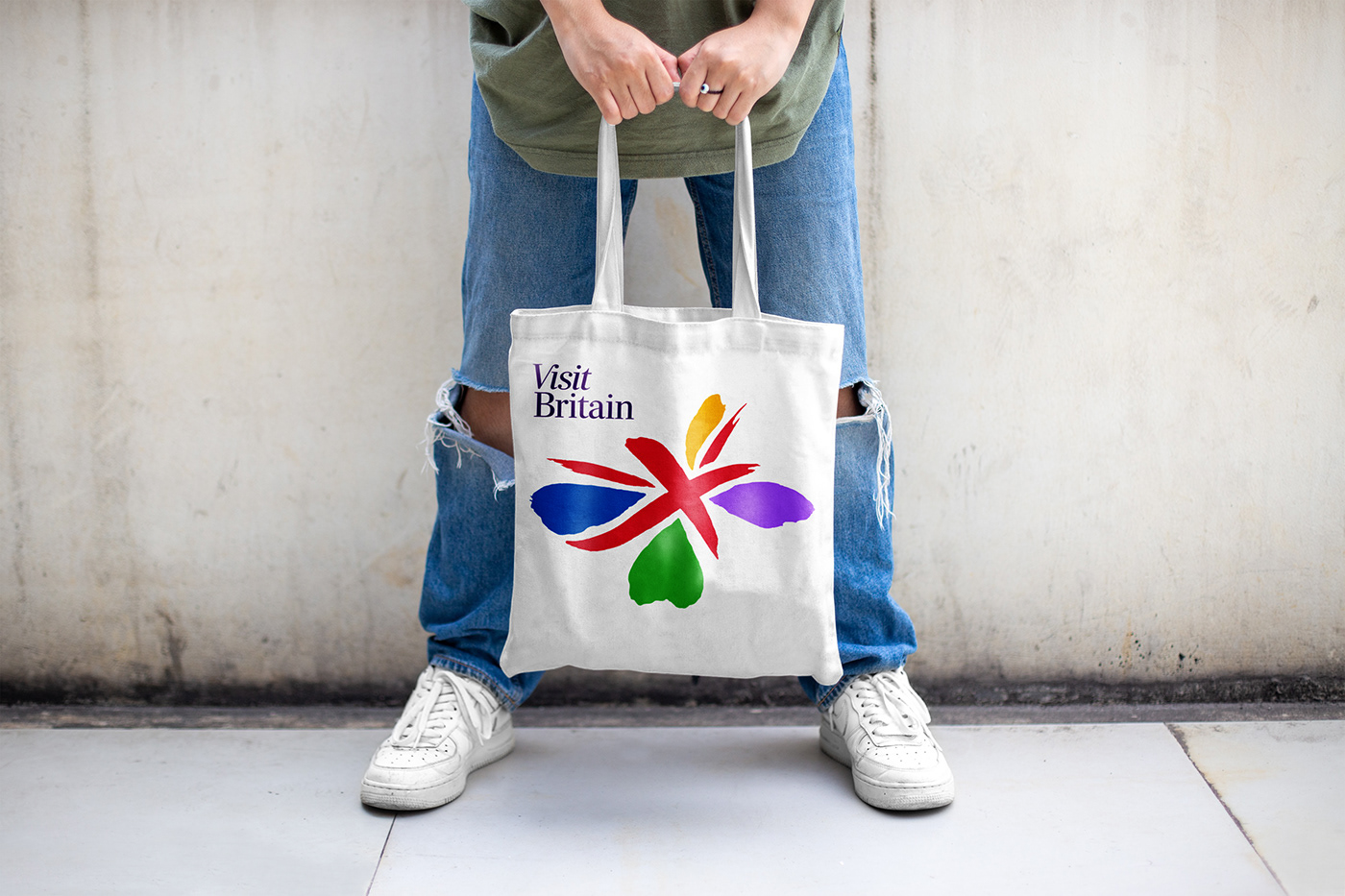
Visit Britain
Designing a brand identity to promote the nations of Britain to local and international tourists.
There are few projects as prestigious as being asked to create a logo for your country. For a designer, it is like being asked to represent your nation in the World Cup. It is both thrilling and terrifying and whilst you know you’ll not be able to please everyone, you have a responsibility to do create something that most will love.
It is also especially challenging because Britain is composed of not one, but four different nations; England, Scotland, Wales and Northern Ireland. Each nation offers unique, culturally distinct experiences. This is true even at a local level; for example, Manchester is culturally different to Liverpool even though the two cities are only 55 kilometres apart.
Our mission was to create a brand idea and architecture which would promote Britain as a whole and support tourism to the four nations; the regions, cities, towns and villages and the experiences and attractions they contain. The brand had to communicate the spirit of Britain with an up-beat and colourful personality.

Uniting the Kingdom
Our creative exploration began with the visual clichés associated with Britain, including the Union Jack flag. As one of the world’s most recognisable flags it has inspired many distinctive graphic works over the years. Additionally, the countries of Britain are traditionally represented by flowers; a rose for England; a daffodil for Wales; a thistle for Scotland; and a flax flower for Northern Ireland.
To unite these symbols, we created the Union Jack butterfly logo. The butterfly represents how a tourist can effortlessly travel across Britain and experience the diversity of each nation. It also naturally connects with the flower of each nation. The butterfly and flowers are stylised using an informal hand-painted brushstroke style.



Flexible Brand Architecture
By italicising the word ‘Visit’ within ‘Visit Britain’ we create a prefix which can be used alongside each nation, region, town or experience. We selected Richmond Display as the primary font for all applications – it is a beautiful serif face which suggests ‘Britishness’ and was created by renowned English type designer Matthew Carter, who has been described as “the most widely read man in the world” on account of the amount of text set in typefaces he has designed.
Our Visit Britain Butterfly Logo is available in two colour formats; a Multicolour version (composed of colours from each country) used to promote Britain as a whole; and a Red and Blue version used in conjunction with each Nation Logo. The butterfly icon may be used without text in a flexible relationship with each Nation’s flower logo.
























My Favourite Disappointment
The Visit Britain project was concluded in May of 2002 and I think of my ideas amongst my favourites as a designer and a project I am particularly proud of. It is also one of my biggest disappointments, because for various internal political reasons our client was unable to run with the work. But, it was not entirely in vain as our work on brand strategy and positioning helped to shape the direction of Visit Britain for several years.

Acknowledgements
If any team members have been
omitted please click this link
and email the new details.
Project Date
1997
Design
Gary Broadbent
Mark Pearce
Oonagh Connolly
Strategy
Fiona Gilmore
Fenella McCarthy
Production
Dennis Furniss
Juliet Sellars
Malcolm English
West One Arts
Thank you!
Your likes and comments
are much appreciated.
This case history is designed and
published by Gary Broadbent who
was creative director and designer at
Springpoint between 1990 and 2002.
Gary lives and works in Australia
with his branding agency Propella.
For all project enquiries please









